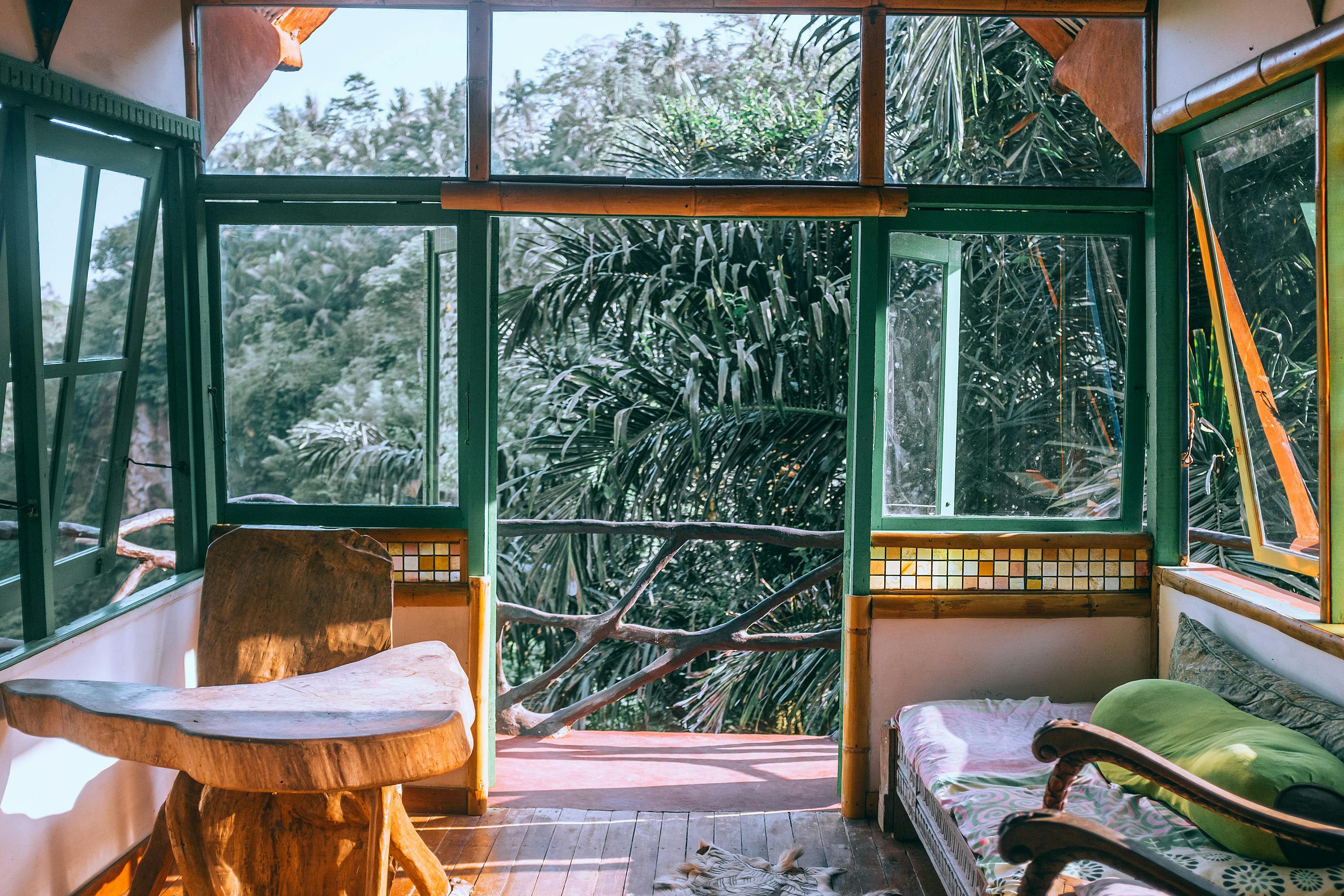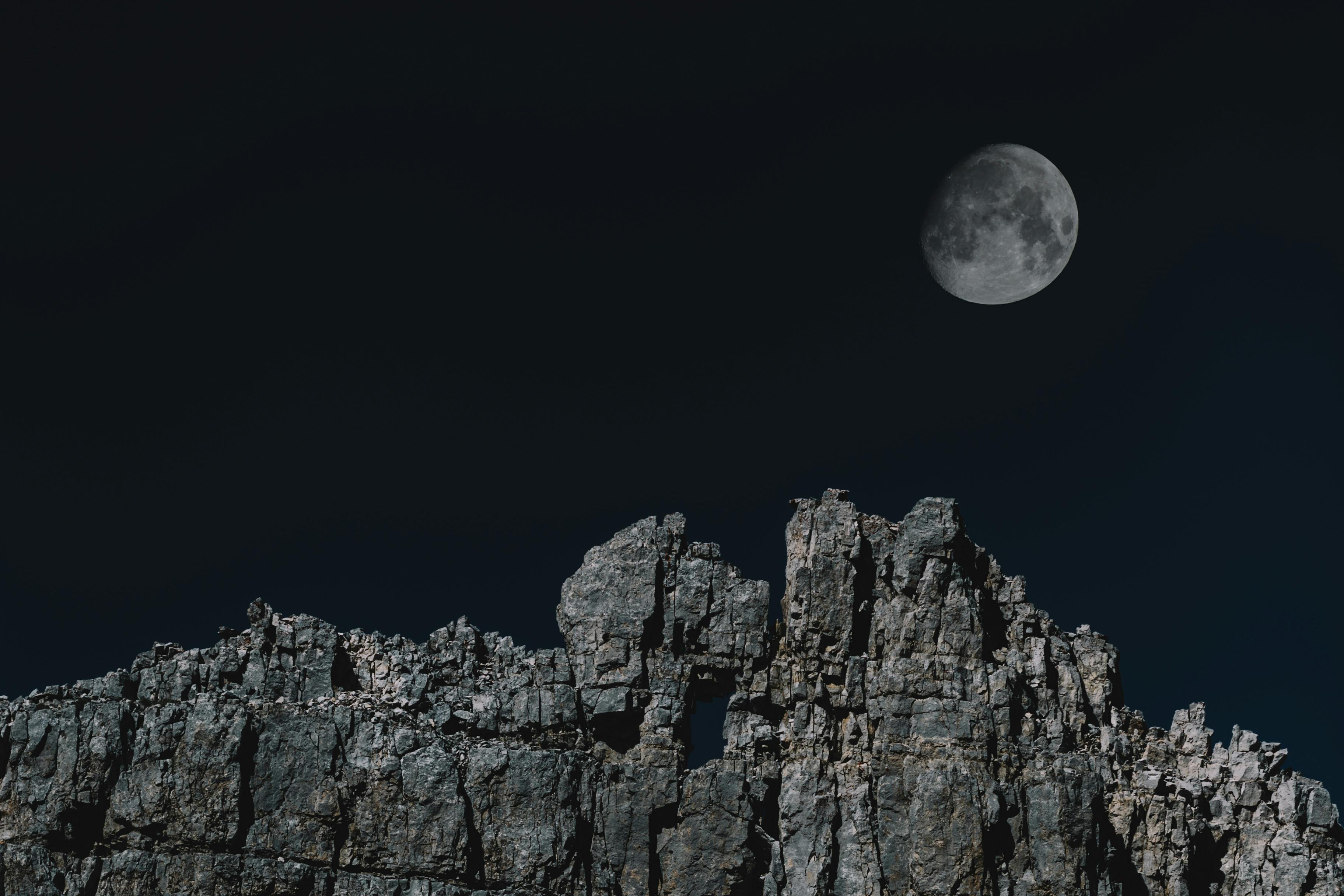The northwestern region of the Indian subcontinent is what we now call Rajasthan. Embraced by the majestic Aravallis ranges, Rajasthan is the land of the famous Rajput rulers, whose legends of chivalry, romance and fidelity have been woven into folklore and ballads, echoing through the arid but beautiful state.
Rajasthan has played an important role in the development of the subcontinent. The first largest civilization in the world developed in the western parts of Rajasthan, what is now known as Pakistan. And it was Rajasthan, which experienced the endless fury of numerous invaders who razed the mountains of Central Asia. Indo-Aryans, Persians, Greeks, Afghans, Mongols, Scythians, Huns, Parthians and Mughals, each of the intruders shaped the history, ethnicity and culture of Rajasthan.
Yet for most of its life, Rajasthan has remained somewhat isolated, sheltered by the unforgiving, parched desert and Aravalli mountain ranges, and has remained one of the best cultures in the country.
The land of shifting sand dunes, Rajasthan is as diverse as its colorful people. The peculiar amalgamation of history, geography and lifestyle is what sets Rajasthan apart from the rest of the country.
When assessing their lifestyle, many factors can be taken into account, but it is the distinct geography of the Thar and Aravallis desert that has played a major role in their evolution over the years. The layers of vibrant costumes, the ocean of festivals, and the fascinating people and arts are but ways to relieve the boredom of the barren land.
Providing a stark contrast to the desolate landscape, the lifestyle and people of Rajasthan, with their wide spectrum of bright hues, they unite a bond of unity, joy and fertility.
Like geographical distinction, the culture of Rajasthan is a sprawling landscape of brilliant differences fostered by the footsteps of Indo-Aryan settlers, Jain merchants, Bhil tribesmen, Rajputana warriors, and Muslim craftsmen. With its indigenous cultural ethnicity, it symbolizes the prehistoric way of life and often represents the Indian subcontinent.
The people of Rajasthan have a rich and varied folk culture. Its highly sophisticated and distinct dance forms, classical music and the arts are but an extension of the land of coexistence. Rajasthan folk music is generally down to earth, often depicting daily chores and relationships, and revolves around obtaining water from wells and boreholes. Local songs, being a prominent part of their heritage, are ballads depicting wartime stories, romance stories, and heroic deeds.
Well known for its colorful dance forms, some of the dance forms like Kalbeliya and Ghoomar have achieved international fame.
The handicrafts, wooden furniture, blue pottery, tie and dyeing, Sanganer prints, Zari embroidery, Bagru prints and Block prints are practiced by skilled craftsmen throughout the state of Rajasthan. These beautiful pieces of art are often found at inflated prices, making the state a shopper’s paradise.
There is much to explore in the land of kings. Music, arts, dance forms and festivals are just some of the many unexplored treasures in Rajasthan. The multi-faceted desert state waits in anticipation for you to traverse it through its sand.
Come explore.



